Giulia Cisotto
hvEEGNet: exploiting hierarchical VAEs on EEG data for neuroscience applications
Nov 20, 2023Abstract:With the recent success of artificial intelligence in neuroscience, a number of deep learning (DL) models were proposed for classification, anomaly detection, and pattern recognition tasks in electroencephalography (EEG). EEG is a multi-channel time-series that provides information about the individual brain activity for diagnostics, neuro-rehabilitation, and other applications (including emotions recognition). Two main issues challenge the existing DL-based modeling methods for EEG: the high variability between subjects and the low signal-to-noise ratio making it difficult to ensure a good quality in the EEG data. In this paper, we propose two variational autoencoder models, namely vEEGNet-ver3 and hvEEGNet, to target the problem of high-fidelity EEG reconstruction. We properly designed their architectures using the blocks of the well-known EEGNet as the encoder, and proposed a loss function based on dynamic time warping. We tested the models on the public Dataset 2a - BCI Competition IV, where EEG was collected from 9 subjects and 22 channels. hvEEGNet was found to reconstruct the EEG data with very high-fidelity, outperforming most previous solutions (including our vEEGNet-ver3 ). Furthermore, this was consistent across all subjects. Interestingly, hvEEGNet made it possible to discover that this popular dataset includes a number of corrupted EEG recordings that might have influenced previous literature results. We also investigated the training behaviour of our models and related it with the quality and the size of the input EEG dataset, aiming at opening a new research debate on this relationship. In the future, hvEEGNet could be used as anomaly (e.g., artefact) detector in large EEG datasets to support the domain experts, but also the latent representations it provides could be used in other classification problems and EEG data generation.
CNN-based Approaches For Cross-Subject Classification in Motor Imagery: From The State-of-The-Art to DynamicNet
May 17, 2021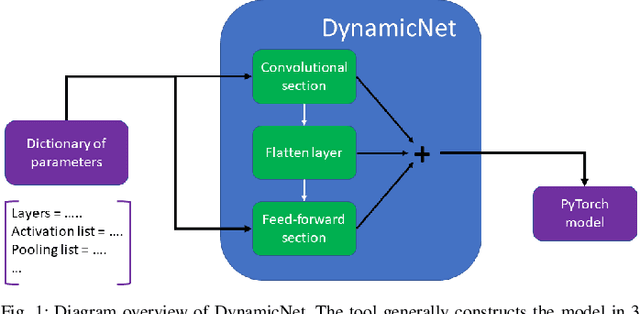
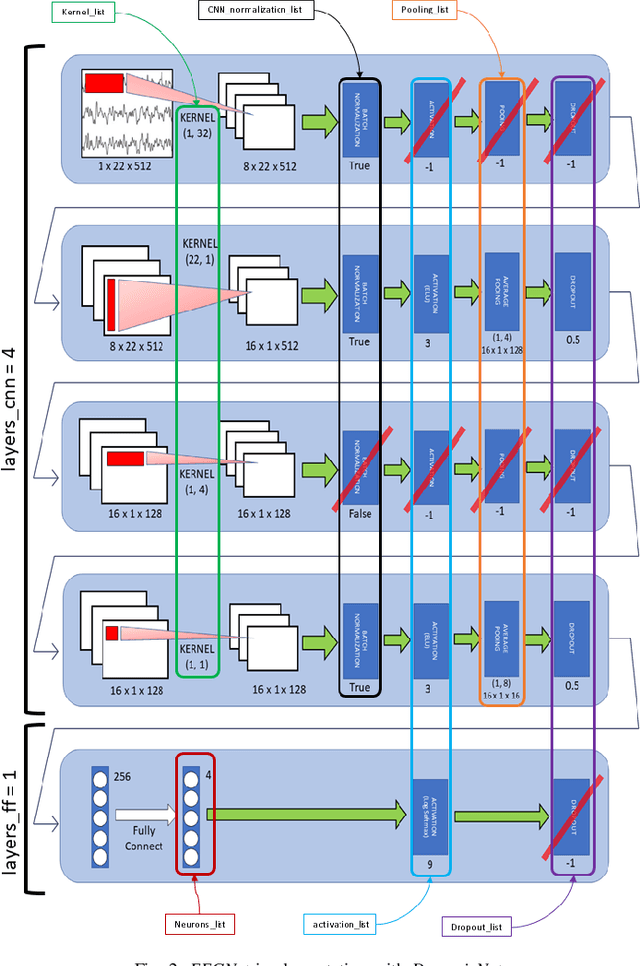
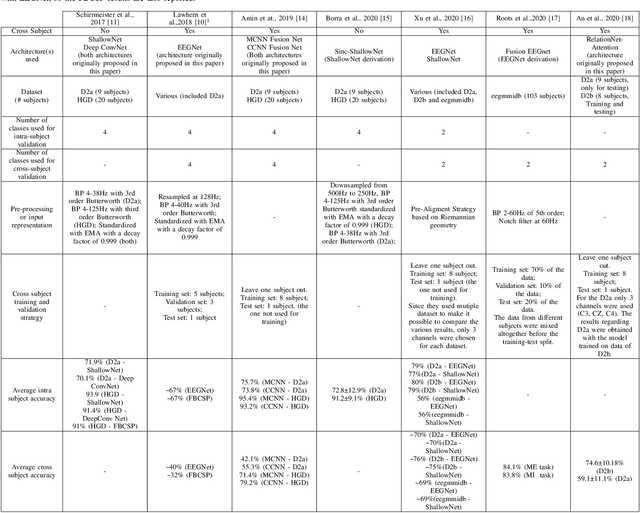
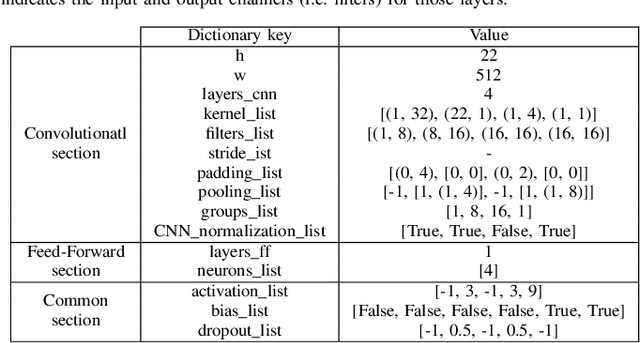
Abstract:Motor imagery (MI)-based brain-computer interface (BCI) systems are being increasingly employed to provide alternative means of communication and control for people suffering from neuro-motor impairments, with a special effort to bring these systems out of the controlled lab environments. Hence, accurately classifying MI from brain signals, e.g., from electroencephalography (EEG), is essential to obtain reliable BCI systems. However, MI classification is still a challenging task, because the signals are characterized by poor SNR, high intra-subject and cross-subject variability. Deep learning approaches have started to emerge as valid alternatives to standard machine learning techniques, e.g., filter bank common spatial pattern (FBCSP), to extract subject-independent features and to increase the cross-subject classification performance of MI BCI systems. In this paper, we first present a review of the most recent studies using deep learning for MI classification, with particular attention to their cross-subject performance. Second, we propose DynamicNet, a Python-based tool for quick and flexible implementations of deep learning models based on convolutional neural networks. We show-case the potentiality of DynamicNet by implementing EEGNet, a well-established architecture for effective EEG classification. Finally, we compare its performance with FBCSP in a 4-class MI classification over public datasets. To explore its cross-subject classification ability, we applied three different cross-validation schemes. From our results, we demonstrate that DynamicNet-implemented EEGNet outperforms FBCSP by about 25%, with a statistically significant difference when cross-subject validation schemes are applied.
Information Theoretic Key Agreement Protocol based on ECG signals
May 14, 2021
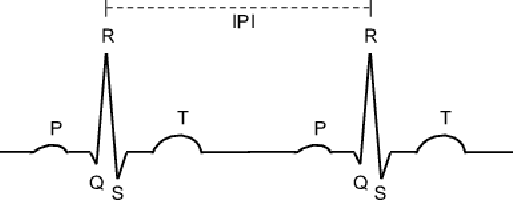
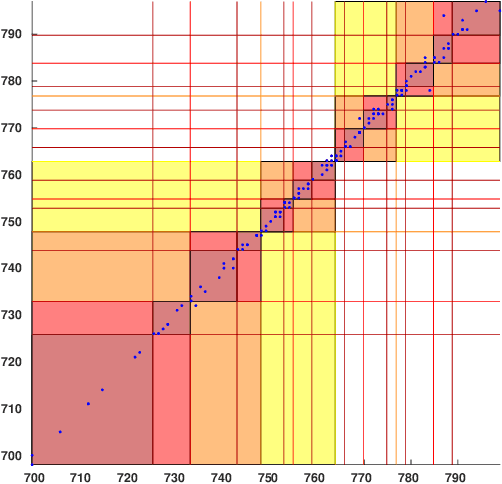
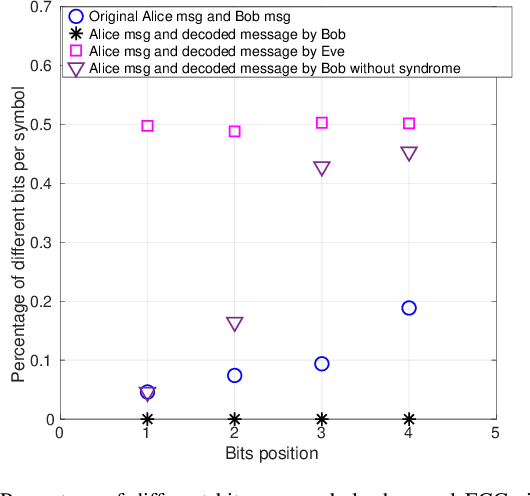
Abstract:Wireless body area networks (WBANs) are becoming increasingly popular as they allow individuals to continuously monitor their vitals and physiological parameters remotely from the hospital. With the spread of the SARS-CoV-2 pandemic, the availability of portable pulse-oximeters and wearable heart rate detectors has boomed in the market. At the same time, in 2020 we assisted to an unprecedented increase of healthcare breaches, revealing the extreme vulnerability of the current generation of WBANs. Therefore, the development of new security protocols to ensure data protection, authentication, integrity and privacy within WBANs are highly needed. Here, we targeted a WBAN collecting ECG signals from different sensor nodes on the individual's body, we extracted the inter-pulse interval (i.e., R-R interval) sequence from each of them, and we developed a new information theoretic key agreement protocol that exploits the inherent randomness of ECG to ensure authentication between sensor pairs within the WBAN. After proper pre-processing, we provide an analytical solution that ensures robust authentication; we provide a unique information reconciliation matrix, which gives good performance for all ECG sensor pairs; and we can show that a relationship between information reconciliation and privacy amplification matrices can be found. Finally, we show the trade-off between the level of security, in terms of key generation rate, and the complexity of the error correction scheme implemented in the system.
ACTA: A Mobile-Health Solution for Integrated Nudge-Neurofeedback Training for Senior Citizens
Feb 17, 2021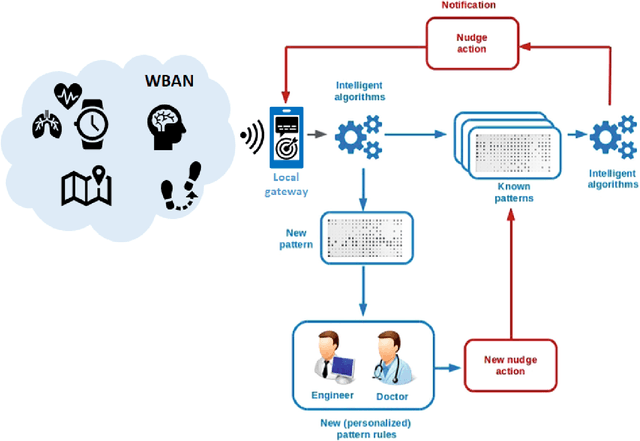

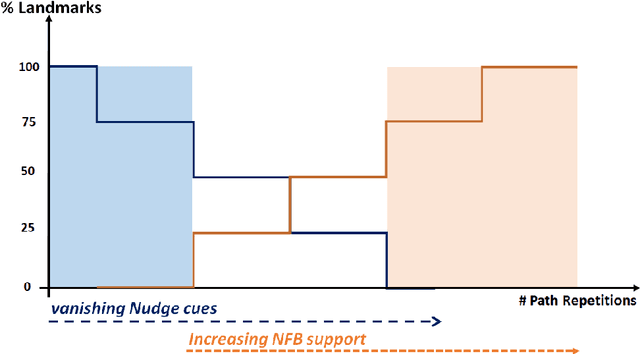

Abstract:As the worldwide population gets increasingly aged, in-home telemedicine and mobile-health solutions represent promising services to promote active and independent aging and to contribute to a paradigm shift towards patient-centric healthcare. In this work, we present ACTA (Advanced Cognitive Training for Aging), a prototype mobile-health solution to provide advanced cognitive training for senior citizens with mild cognitive impairments. We disclose here the conceptualization of ACTA as the integration of two promising rehabilitation strategies: the "Nudge theory", from the cognitive domain, and the neurofeedback, from the neuroscience domain. Moreover, in ACTA we exploit the most advanced machine learning techniques to deliver customized and fully adaptive support to the elderly, while training in an ecological environment. ACTA represents the next-step beyond SENIOR, an earlier mobile-health project for cognitive training based on Nudge theory, currently ongoing in Lombardy Region. Beyond SENIOR, ACTA represents a highly-usable, accessible, low-cost, new-generation mobile-health solution to promote independent aging and effective motor-cognitive training support, while empowering the elderly in their own aging.
Comparison of Attention-based Deep Learning Models for EEG Classification
Dec 02, 2020
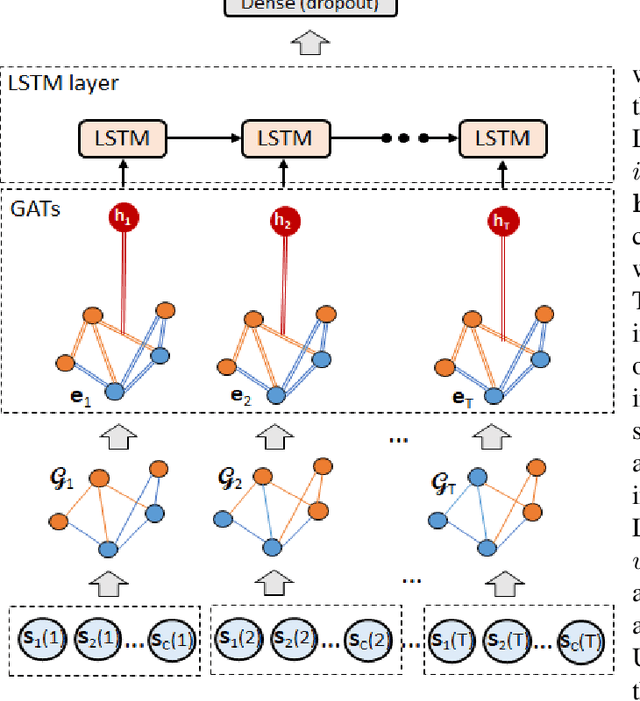
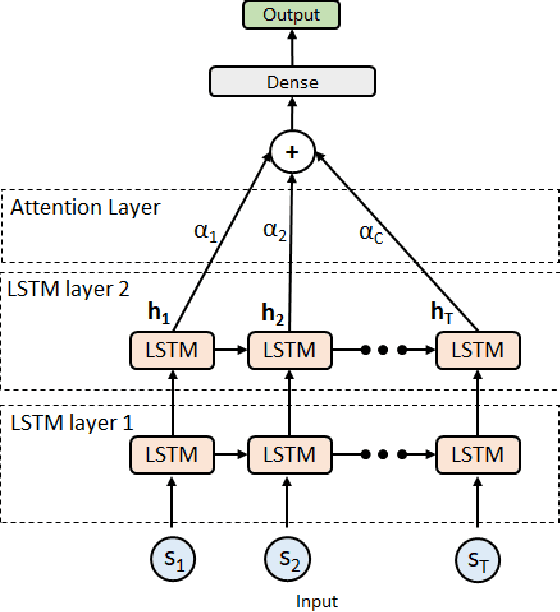
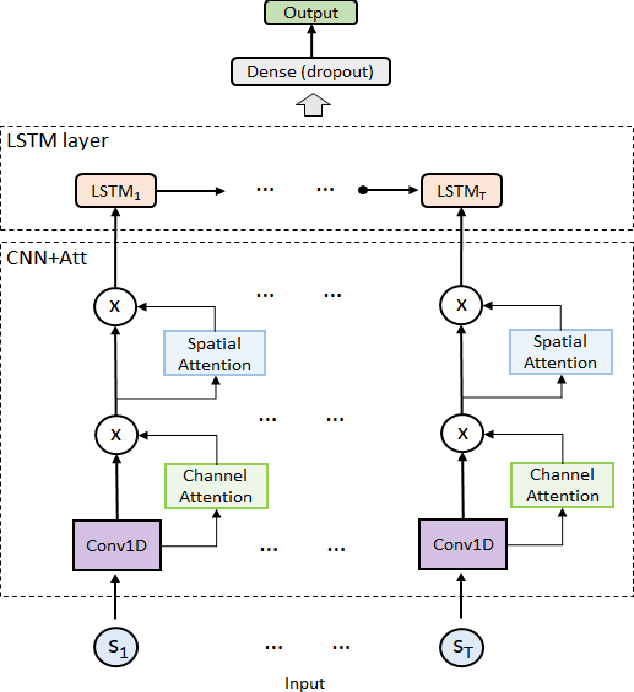
Abstract:Objective: To evaluate the impact on Electroencephalography (EEG) classification of different kinds of attention mechanisms in Deep Learning (DL) models. Methods: We compared three attention-enhanced DL models, the brand-new InstaGATs, an LSTM with attention and a CNN with attention. We used these models to classify normal and abnormal (i.e., artifactual or pathological) EEG patterns. Results: We achieved the state of the art in all classification problems, regardless the large variability of the datasets and the simple architecture of the attention-enhanced models. We could also prove that, depending on how the attention mechanism is applied and where the attention layer is located in the model, we can alternatively leverage the information contained in the time, frequency or space domain of the dataset. Conclusions: with this work, we shed light over the role of different attention mechanisms in the classification of normal and abnormal EEG patterns. Moreover, we discussed how they can exploit the intrinsic relationships in the temporal, frequency and spatial domains of our brain activity. Significance: Attention represents a promising strategy to evaluate the quality of the EEG information, and its relevance, in different real-world scenarios. Moreover, it can make it easier to parallelize the computation and, thus, to speed up the analysis of big electrophysiological (e.g., EEG) datasets.
Deep learning-based classification of fine hand movements from low frequency EEG
Nov 26, 2020



Abstract:The classification of different fine hand movements from EEG signals represents a relevant research challenge, e.g., in brain-computer interface applications for motor rehabilitation. Here, we analyzed two different datasets where fine hand movements (touch, grasp, palmar and lateral grasp) were performed in a self-paced modality. We trained and tested a newly proposed convolutional neural network (CNN), and we compared its classification performance into respect to two well-established machine learning models, namely, a shrinked-LDA and a Random Forest. Compared to previous literature, we took advantage of the knowledge of the neuroscience field, and we trained our CNN model on the so-called Movement Related Cortical Potentials (MRCPs)s. They are EEG amplitude modulations at low frequencies, i.e., (0.3, 3) Hz, that have been proved to encode several properties of the movements, e.g., type of grasp, force level and speed. We showed that CNN achieved good performance in both datasets and they were similar or superior to the baseline models. Also, compared to the baseline, our CNN requires a lighter and faster pre-processing procedure, paving the way for its possible use in an online modality, e.g., for many brain-computer interface applications.
REPAC: Reliable estimation of phase-amplitude coupling in brain networks
Nov 13, 2020


Abstract:Recent evidence has revealed cross-frequency coupling and, particularly, phase-amplitude coupling (PAC) as an important strategy for the brain to accomplish a variety of high-level cognitive and sensory functions. However, decoding PAC is still challenging. This contribution presents REPAC, a reliable and robust algorithm for modeling and detecting PAC events in EEG signals. First, we explain the synthesis of PAC-like EEG signals, with special attention to the most critical parameters that characterize PAC, i.e., SNR, modulation index, duration of coupling. Second, REPAC is introduced in detail. We use computer simulations to generate a set of random PAC-like EEG signals and test the performance of REPAC with regard to a baseline method. REPAC is shown to outperform the baseline method even with realistic values of SNR, e.g., -10 dB. They both reach accuracy levels around 99%, but REPAC leads to a significant improvement of sensitivity, from 20.11% to 65.21%, with comparable specificity (around 99%). REPAC is also applied to a real EEG signal showing preliminary encouraging results.
Feature selection for gesture recognition in Internet-of-Things for healthcare
May 22, 2020



Abstract:Internet of Things is rapidly spreading across several fields, including healthcare, posing relevant questions related to communication capabilities, energy efficiency and sensors unobtrusiveness. Particularly, in the context of recognition of gestures, e.g., grasping of different objects, brain and muscular activity could be simultaneously recorded via EEG and EMG, respectively, and analyzed to identify the gesture that is being accomplished, and the quality of its performance. This paper proposes a new algorithm that aims (i) to robustly extract the most relevant features to classify different grasping tasks, and (ii) to retain the natural meaning of the selected features. This, in turn, gives the opportunity to simplify the recording setup to minimize the data traffic over the communication network, including Internet, and provide physiologically significant features for medical interpretation. The algorithm robustness is ensured both by consensus clustering as a feature selection strategy, and by nested cross-validation scheme to evaluate its classification performance.
Deep Learning Techniques for Improving Digital Gait Segmentation
Jul 09, 2019



Abstract:Wearable technology for the automatic detection of gait events has recently gained growing interest, enabling advanced analyses that were previously limited to specialist centres and equipment (e.g., instrumented walkway). In this study, we present a novel method based on dilated convolutions for an accurate detection of gait events (initial and final foot contacts) from wearable inertial sensors. A rich dataset has been used to validate the method, featuring 71 people with Parkinson's disease (PD) and 67 healthy control subjects. Multiple sensors have been considered, one located on the fifth lumbar vertebrae and two on the ankles. The aims of this study were: (i) to apply deep learning (DL) techniques on wearable sensor data for gait segmentation and quantification in older adults and in people with PD; (ii) to validate the proposed technique for measuring gait against traditional gold standard laboratory reference and a widely used algorithm based on wavelet transforms (WT); (iii) to assess the performance of DL methods in assessing high-level gait characteristics, with focus on stride, stance and swing related features. The results showed a high reliability of the proposed approach, which achieves temporal errors considerably smaller than WT, in particular for the detection of final contacts, with an inter-quartile range below 70 ms in the worst case. This study showes encouraging results, and paves the road for further research, addressing the effectiveness and the generalization of data-driven learning systems for accurate event detection in challenging conditions.
 Add to Chrome
Add to Chrome Add to Firefox
Add to Firefox Add to Edge
Add to Edge